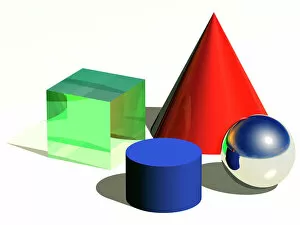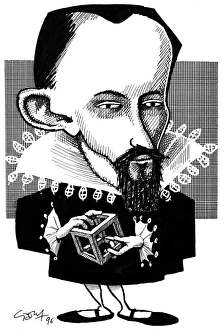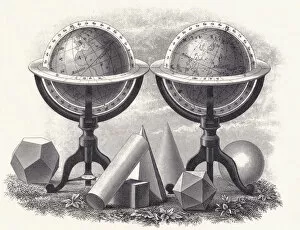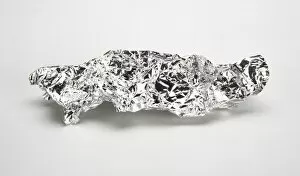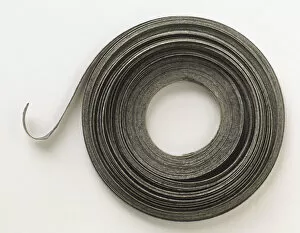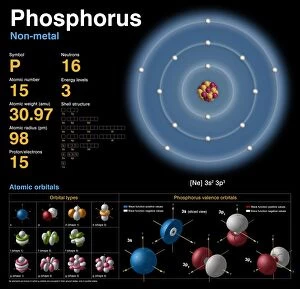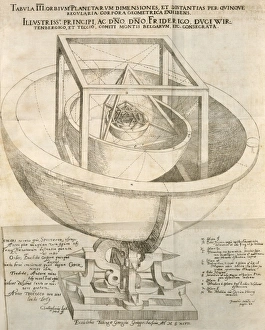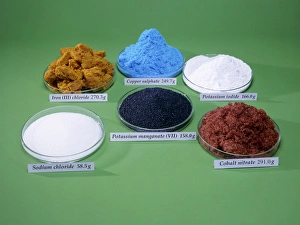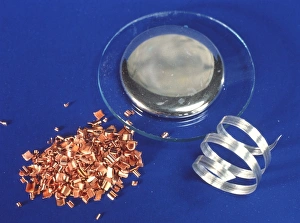Solids Collection
"Exploring the Fascinating World of Solids: From Geometric Shapes to Artwork" Step into a captivating journey through the realm of solids
All Professionally Made to Order for Quick Shipping
"Exploring the Fascinating World of Solids: From Geometric Shapes to Artwork" Step into a captivating journey through the realm of solids, where geometric shapes and artwork intertwine to create mesmerizing wonders. Delve into the pages of The Architect's, Surveyors and Engineers Compendium from 1892, adorned with vibrant color lithographs that bring these solid structures to life. Immerse yourself in history as you encounter a caricature of Johannes Kepler, the renowned mathematician whose groundbreaking discoveries shaped our understanding of solids. Witness metal salt crystals forming intricate patterns, showcasing nature's artistic prowess. Behold the breathtaking etching titled "Globes of the Earth and Heavens with Geometrical Forms, " which unveils celestial bodies intertwined with geometric marvels. Marvel at an educational plate published in Wurtemberg around 1850 that illustrates equilibrium in solids using principles of levers – a testament to human ingenuity. Witness movement within solids through another educational plate from Wurtemberg circa 1850. Gears come alive on this page, revealing their role in mechanisms like escapements – unlocking secrets behind precise motion. Discover how centrifuges revolutionized scientific experiments by separating liquids from solids or even different liquids themselves. A remarkable invention from 1882 that forever changed laboratory practices. Marvel at crumpled aluminum foil as it transforms mundane material into an abstract masterpiece – proving that even everyday objects can possess hidden beauty waiting to be unveiled. Experience intense heat as you gaze upon a red-hot metal rod reaching white heat; witness its brilliance and power up close. And don't forget iron pyrites - also known as fool's gold ore - a sample of iron sulphide displaying its shimmering allure amidst solid formations. Solids hold mysteries both seen and unseen; they embody structure, artistry, physics, and chemistry all at once. Embark on this exploration where ancient wisdom meets modern innovation, and prepare to be captivated by the wonders of solids.

